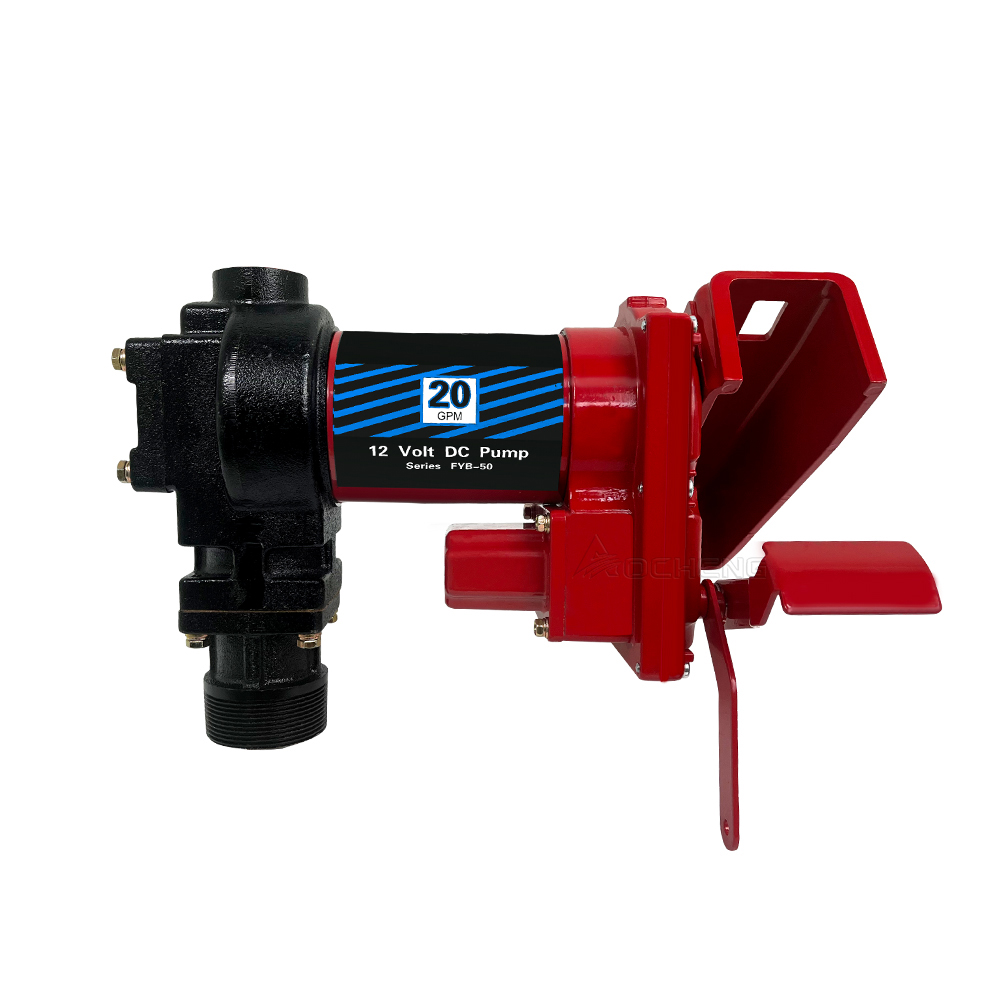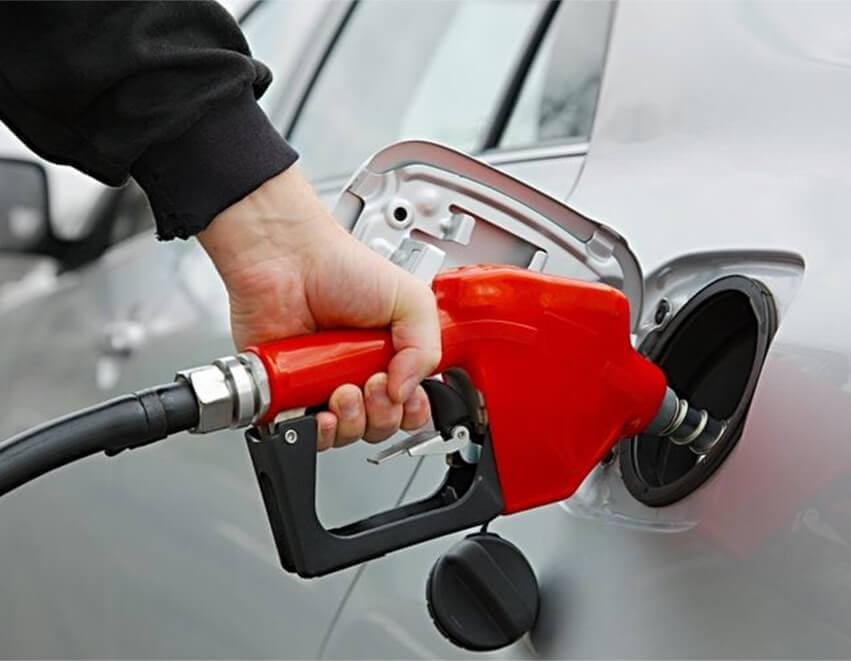Common reasons for fuel transfer pump failures include contaminated fuel, worn seals, and insufficient lubrication. Proper maintenance and appropriate usage can extend pump reliability and performance. Fuel transfer pumps provide crucial capabilities for refueling vehicles, equipment, and storage tanks across many industries. But when these hardworking fuel transfer pumps break down, operations grind to a halt. Let’s […]
Common reasons for fuel transfer pump failures include contaminated fuel, worn seals, and insufficient lubrication. Proper maintenance and appropriate usage can extend pump reliability and performance.
Fuel transfer pumps provide crucial capabilities for refueling vehicles, equipment, and storage tanks across many industries. But when these hardworking fuel transfer pumps break down, operations grind to a halt. Let’s explore the typical failure points in transfer pumps and how to extend their reliability.

Here are a few common problems related to fuel pumps:
The number one cause of degraded pump performance and premature failure is contaminated fuel flowing through the system. Particulate contamination like dirt, rust, and sand causes rapid wear of internal pump components not designed for abrasives.
Even invisible microbial growth and water accumulation can corrode the pump over time. Strict fuel quality control and filtration are critical to block contaminants before they reach sensitive pump parts.
Fuel transfer pumps rely on seals, O-rings, and flexible diaphragms to channel liquid through the displacement chamber and prevent leaks. But these elastomeric parts degrade with use.
Exposure to heat and pressure takes a toll. Chemical deterioration from fuel additives or incompatible fuels leads to swelling and hardening. Ensure the pump’s wetted materials resist the particular fuel chemistry involved.
Many transfer pumps rely on the fuel itself or external lubricant reserves to lubricate internal parts during operation. Running pumps dry invites accelerated wear and galling damage.
Loss of lubrication allows metal-on-metal contact as components rotate at high speeds. Even quality pumps last longer when primed beforehand and not left to run dry.
Diaphragm pumps incorporate multiple springs to flex the diaphragm itself and exert suction and discharge pressure. These springs experience perpetual cyclic fatigue from the repeated compression motion. Their tension properties eventually decline to levels too weak to keep the pump chamber sealed.
Springs and diaphragms should be replaced as a set according to manufacturer guidelines to maintain performance. Upgraded springs offer greater longevity in demanding conditions.
Pressure spikes are an inherent aspect of reciprocating positive displacement pump designs. But excess pressure stresses components and joint seals beyond their pressure rating.
The use of pulsation dampeners helps smooth out harmful pressure peaks. Cavitation from starved inlet flow also creates spikes that accelerate wear. Avoiding extended dry running helps too.
Improper use accounts for a portion of pump failures as well. This includes operating the pump beyond its pressure, temperature, or viscosity ratings. Exceeding the recommended duty cycle and run times invites early fatigue. Poor installation alignment places strain on couplings or mountings.
Reputable manufacturers overbuild their pumps to accommodate occasional spikes, but sustained misuse accelerates failure. Match the pump capabilities closely to the application.
By proactively addressing these common failure points through proper pump selection, installation, operation, and maintenance, operators can reliably transfer fuel for years using even basic pump designs. For mission-critical operations, upgrading to the latest sealed self-lubricating diesel transfer pump technology from an innovative company like Aocheng adds an extra layer of protection for maximizing productivity. Their advanced technology keeps the fuel flowing.
Resources:




